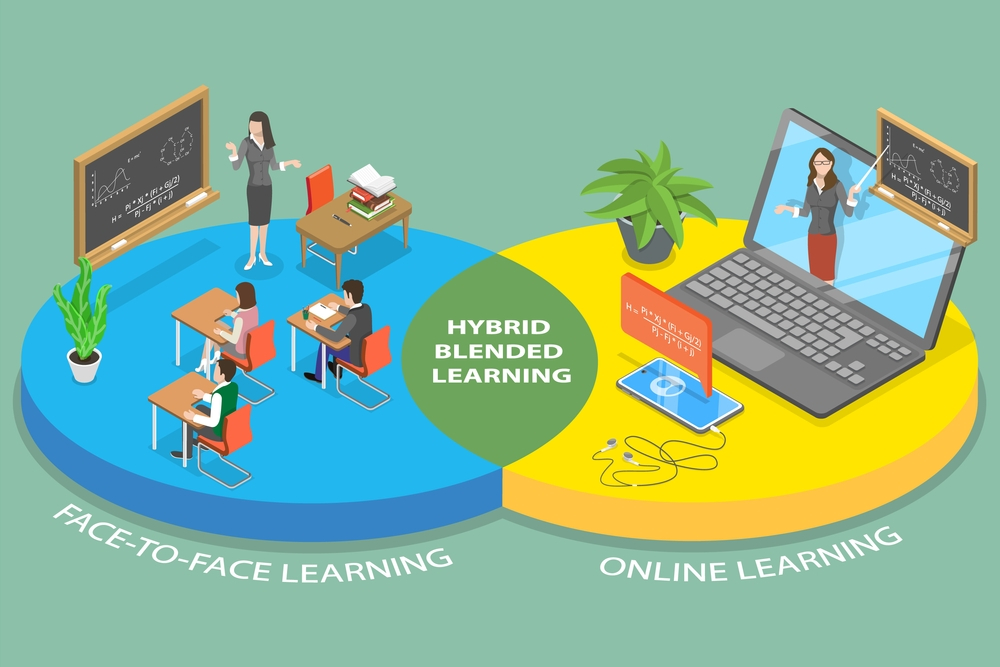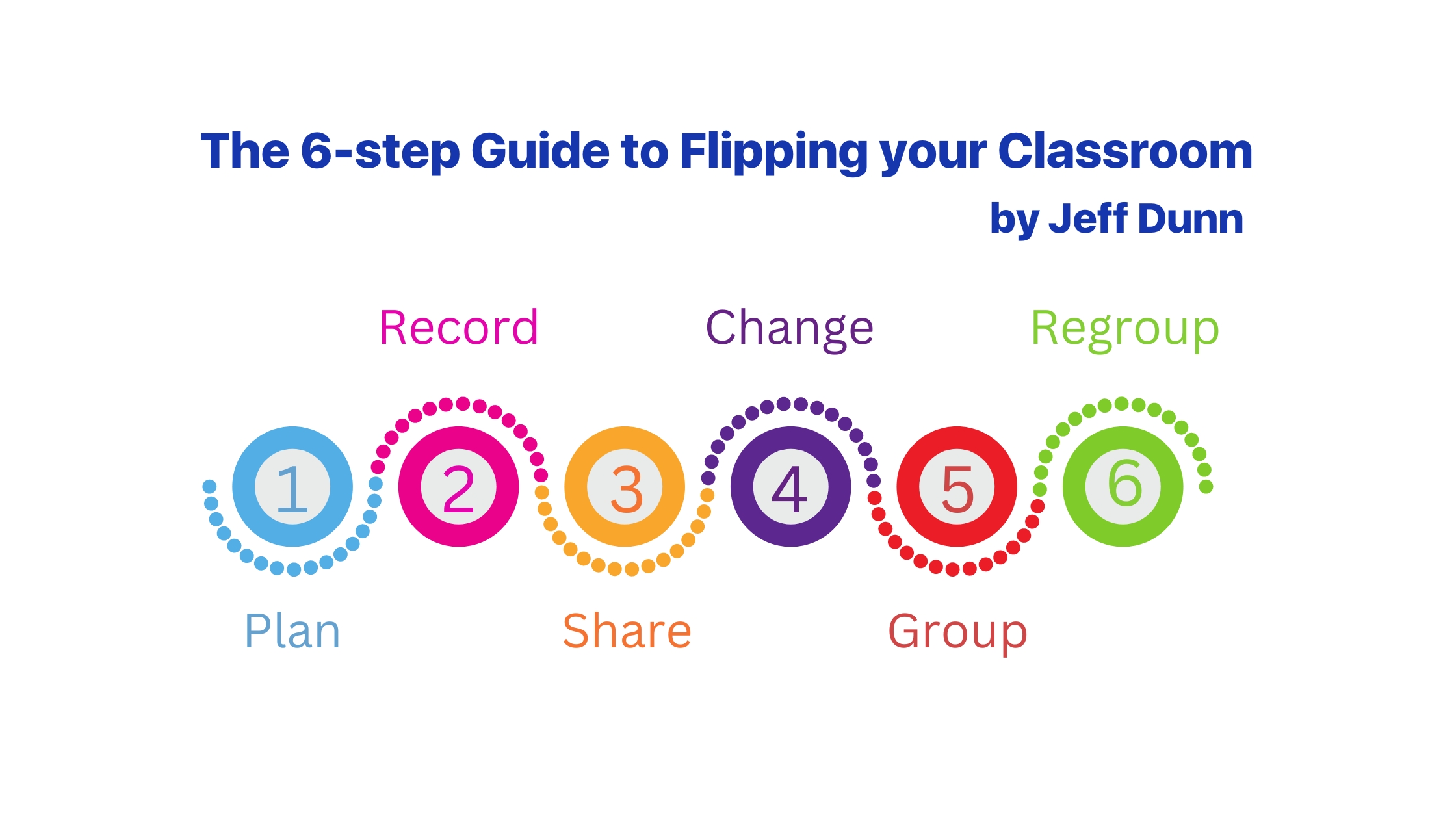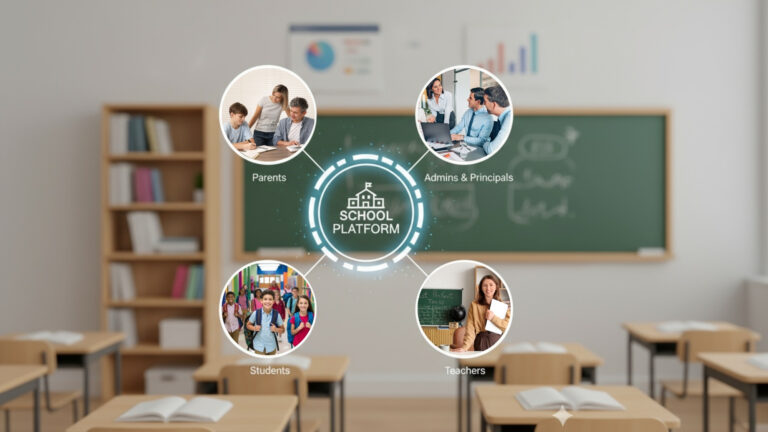If you’re familiar with online learning, you definitely came across the term “Blended Learning.” It’s only recently that this type of training has come into its own not only as an important educational trend in the 21st century but also as a key component of the learning process. So, just what is it? In this blog, you’ll discover what blended learning is and how to implement it in your classroom to achieve better learning outcomes.
What is Blended Learning?
So, Blended learning, also known as hybrid learning, is an educational approach where educators tend to combine online educational materials and opportunities for interaction online with traditional in-person classroom teaching.
It’s essential to highlight its hybrid concept which is adequately aggregating teaching by technological means, without replacing, but integrating with the traditional format.
3 Benefits of Blended Learning
Blended learning represents a fundamental shift in instruction methods, allowing for each aspect of training to be taught using the most appropriate medium for the topic at that particular stage in the program.
1. A Personal Experience
Blended learning offers students a customized experience. That’s because they learn at home in their own time until they understand the topics, then take quizzes and tests to prove it. Teachers can easily know who is struggling and who is performing well. In class, teachers can focus on students’ needs, strengths, and weaknesses more easily.
2. Increasing Engagement
Blended learning combines a variety of teaching tools—such as infographics, images, videos, tables, graphs—to help you absorb and internalize the information you learn.
3. Improved Learning Experiences
Blended learning is a great way to make learning fun, because it combines traditional instruction with interactive materials. When you do this, learners become more engaged and are empowered to control their own learning!
Types of Blended Learning
There are various models for facilitating blended learning. Some overlap exists among the definitions of these models, and schools may choose to change or adapt how and when students move between the Internet and the school for various types of learning. But one of the very common types of blended learning is ‘Flipped Classroom.’ Let’s dive deeper into the concept of Flipped Classrooms and how to implement them.
What is a Flipped Classroom?
One of the most popular education trends that has recently gone viral is flipped classrooms. But what is ‘Flipped Classroom’? What is it about a classroom that got ‘flipped’ to be that unique?
So, a ‘Flipped Classroom’ is a pedagogical approach of blended learning where students get introduced to the learning material at home and practice it at school. Traditionally, students were introduced to the content at school, then they were assigned homework and projects to independently complete at home. In this blended learning environment, face-to-face interaction is fueled by independent study, usually via technology.
Flipped Classroom and Bloom’s Taxonomy
Traditionally, lower levels of learning such as remembering and understanding are happening in class, while students then get to work on activities that involve higher levels of learning outside the classroom. In a Flipped Classroom, it works the other way around. As per the Pyramid below, students are to finish the lower levels of cognitive activities before class. And in class, they get to engage in higher cognitive levels of learning with their classmates and teachers.
Why should Teachers Flip their Classroom?
The concept of flipped classrooms was first introduced by Jonathan Bergmann and Aaron Sams, two high school chemistry teachers. In their book: Flip your classroom: Reach every student in every class every day (2012), a couple of reasons why teachers should consider flipping were discussed:
- It speaks the language of today’s students.
- It helps struggling students.
- It helps students of different abilities to excel.
- It increases student-teacher interaction.
- It increases student-student interaction.
- It allows teachers to better know their students.
- It allows for real differentiation.
- It makes your class transparent.
How to Implement a Flipped Classroom?
Jeff Dunn (2014) introduced a short piece on “The 6-step Guide to Flipping your Classroom”, which presented 6 easy steps for implementing a flipped classroom.
1. Plan
Choose which lessons, in particular, you want to flip. Determine the key learning outcomes and a lesson plan.
2. Record
Make a video, instead of teaching this lesson in-person. A screencast works. Make sure it contains all the key elements you’d mention in the classroom.
3. Share
Send the learning material to your students. Make it engaging and clear. Highlight that the content will be fully discussed in class.
4. Change
Now since your students have viewed your lesson, they’re prepared to actually go more in-depth.
5. Group
To effectively discuss the topic, you can separate students into groups where they are given a task to perform. Write a poem, a play, or even give a presentation, etc.
6. Regroup
Lastly, get the class back together to share each group’s work with the rest. Ask questions, and dive deeper than before.
After the six steps, Review, Revise, and Repeat!
3 Misconceptions about Flipped Classrooms
1. Teachers Need a lot of Technical Knowledge.
Flipped Classrooms require the use of technology, but it is not rocket science. All tools created to assist instruction are as intuitive and easy-to-use as possible. Recording your screen, using a microphone, or uploading a variety of formats of resources in an LMS are things that are easy to learn. All you need is an all-inclusive, easy-to-use LMS.
2. Flipped Classrooms Require too much Time.
Flipped Classrooms do take time depending on the abilities of each teacher and what exactly needs to be flipped. But once planned, it will save so much time as teachers can use the same content over and over again. Then, any changes that have to be made to keep the content updated will not take as much time.
3. Students may not Like it.
Teenagers typically hate doing homework and studying. So how can teachers ensure they do the necessary pre-class work? Communication is key. Teachers can ask questions like “What did you find hard to understand in X?” or “What was the most interesting thing you found in the learning materials?” Teachers can nudge students to come prepared.
Why an LMS is a Great Tool for a Flipped Classroom
An LMS can ensure a smooth transition towards a Flipped Classroom and will empower students to shape their own ideas and methods of learning. It can also successfully turn classes into a more personal learning experience.
Help your students explore their special skills by getting the ‘best of both worlds’ and provide them with a more efficient, interesting, and personalized education thanks to Blended Learning.
Skoolix innovative features and tools will definitely smoothen the whole Blended Learning process so that teachers can focus more on helping their students tap into their deepest potential. Find out more about how Skoolix can help you create a far better learning experience. Book a free demo now.







